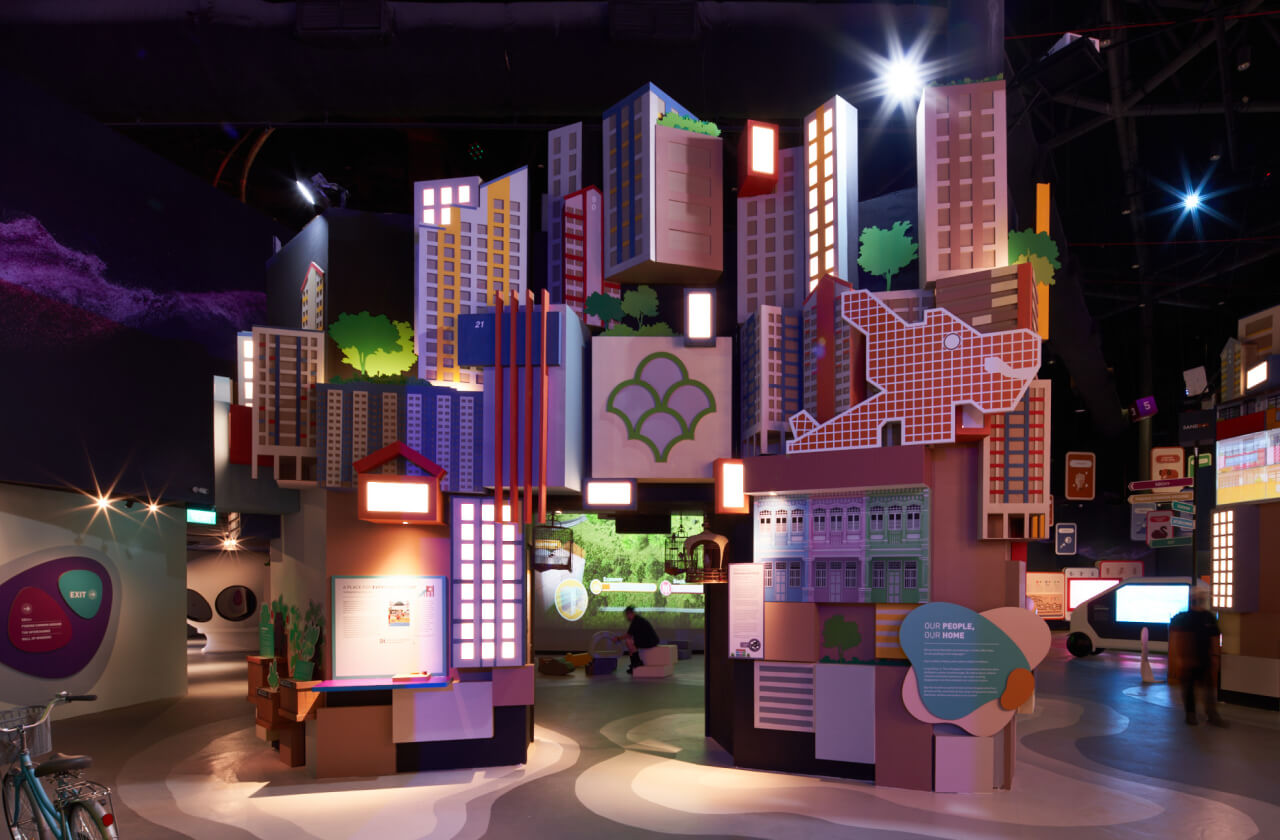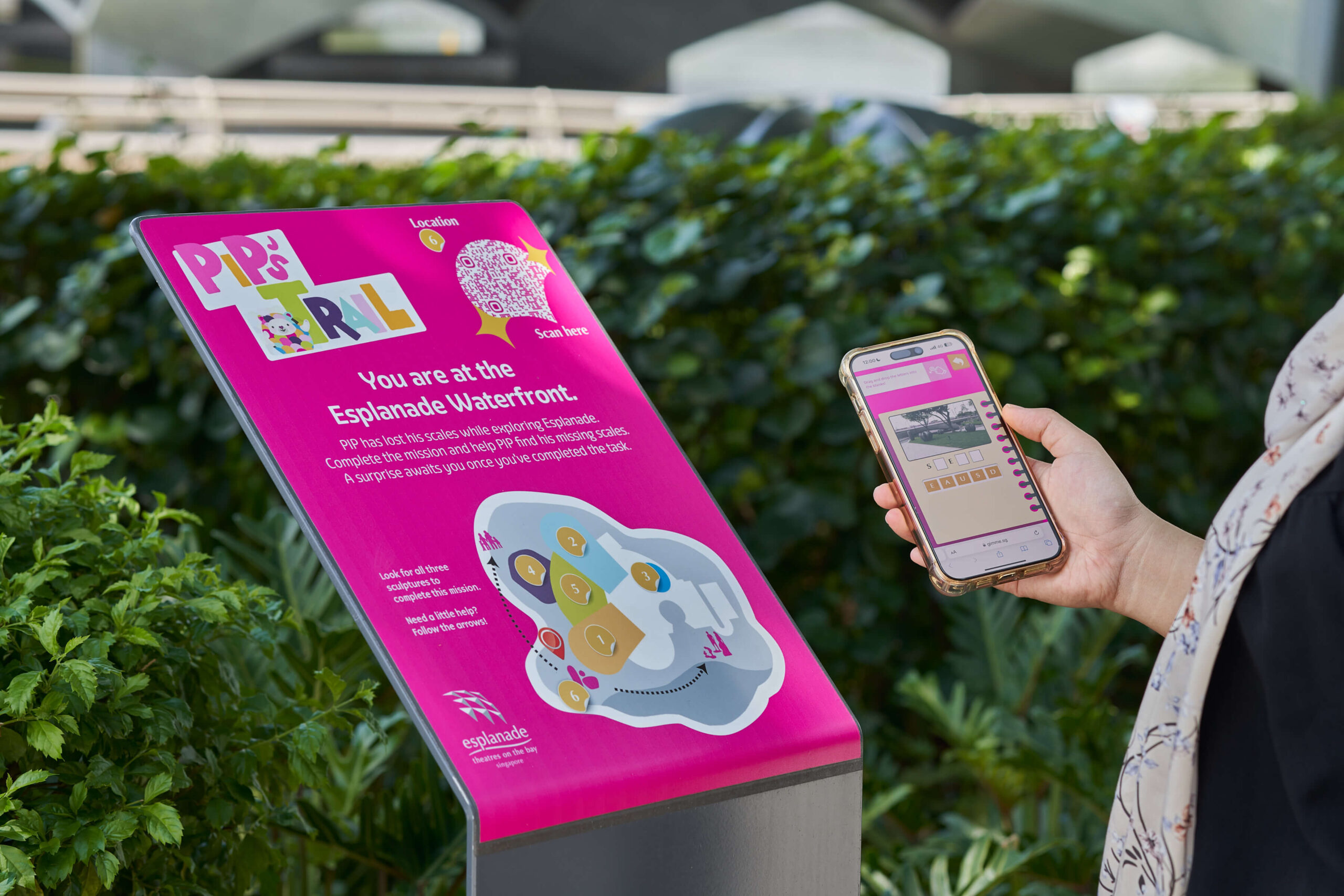Do you want to hear a story?
We all love a good story. At HOL, we are passionate about harnessing the power of storytelling to create unforgettable experiences. But how do you tell a story that truly resonates with your audience?
First, let us unravel the distinctions between a story, storytelling, and a narrative in the context of a space, be it a museum, gallery, or attraction. Although the words are often used interchangeably, ‘story’, ‘storytelling’, and ‘narrative’ do not mean the same thing.
What is a Story?
Before we create an experience for a space, we need to know the story – which is essentially the raw facts or information that we want to communicate to an audience. Whether we want to convey a message, entertain, or inform, the story is the foundation upon which we build any experience. For example, if we want to create an experience about the Silk Road, the story could comprise information about historical trade routes, the types of goods traded, and the cultures that were part of this trade network.
What is Storytelling?
Storytelling refers to how these facts are presented and communicated. As experience designers, we often use a variety of techniques to make the story engaging and accessible to the target audience. There are many aspects to this.
Aside from the layout of the exhibition space, the storytelling could include the use of multimedia and interactive elements that invite audiences to participate in the story.
To engage audiences in our Silk Road exhibition, we could include a digital map that depicts the changing boundaries of empires over time. There could also be an interactive section that would allow the audience to touch and smell the spices traded along the route. To create immersive storytelling, we could also have scenic digital projections that allow audiences to ‘experience’ the sights and sounds of the journey within the gallery space.
What is Narrative?
We can tell the story of the Silk Road by focusing on different perspectives. A merchant’s records or a missionary’s diary would undoubtedly provide different personal insights about the broader historical facts or events. Such personal stories would not only help visitors understand the information but also help them connect emotionally with the story.
Therefore, a narrative is the perspective that binds story elements together, so that it weaves into a cohesive whole for an audience. Aside from providing context and meaning, narratives shape an audience’s understanding and defines their emotional engagement with the story.
In summary, we can generally define a story as the ‘what’, storytelling is the ‘how’, and a narrative as the ‘who’. A well-told story captures attention; good storytelling keeps visitors interested and emotionally involve; and a strong narrative ensures they leave with a lasting impression.
Next, let us deep dive into what good storytelling can do.
Enhancing visitor engagement
When storytelling is done well, it allows museums, galleries and attractions to better engage with their audiences. The positive outcomes include repeat visits and increased visitorship numbers through positive word-of-mouth.
One of the projects that exemplifies this was our work with the Marina Central District. We were tasked to create a narrative for the shopping malls in Marina Central that would help people associate the shopping belt as ‘a happy district’ by doing good. The story was ‘Season of Dreams’ and the storytelling methods included interactives such as robots and games. Read about it here.

Building emotional connections
Narratives with emotional elements – whether conveyed through personal stories or through immersive storytelling – enable audiences to experience deep connections with the story. Passive observation can turn into an empathetic experience – making the content more relatable and impactful.
We can elaborate on this point by sharing the work we did for the Singapore Discovery Centre’s lower gallery. Through ‘The Sandbox Experience’, we wanted the audience to feel included in the narrative of Singapore’s success in the past and future. By showcasing shared spaces that resonated with our audience’s memories, we could draw attention to the contributions of all Singaporeans in creating a landscape they could call their own. Read about it here.

Differentiating the experience
While museums, galleries and attractions often house similar collections and content, how their stories are told can vary greatly! Unique storytelling approaches and narrative techniques can create fresh and engaging experiences that will attract new audiences. To illustrate this, let us share a project we did to showcase Singapore’s economic success. The economic story of Singapore has been told many times over. But for ‘The Miracle Exhibition’, we elected to tell success stories of homegrown and international brands. We selected companies that created economic or social impact as well as inspired innovation and entrepreneurship. Read about it here.

Conclusion
At HOL, we aim to create impactful experiences that inspire visitors to take meaningful action. By harnessing the power of story, storytelling, and narrative, we can evoke deep emotional responses that create lasting memories. These memories can motivate and shape behaviours long after audiences have left, inspiring them to reflect and act on their experiences; making every visit a catalyst for personal and collective change.
These positive memories not only encourage repeat visits but enhance word-of-mouth recommendations, building a loyal audience and a vibrant, informed community.




